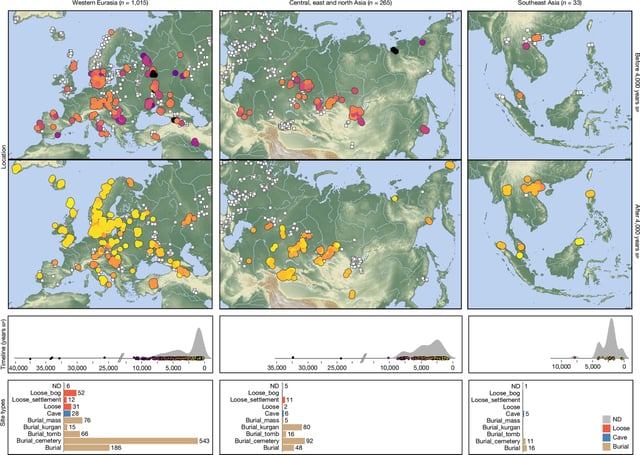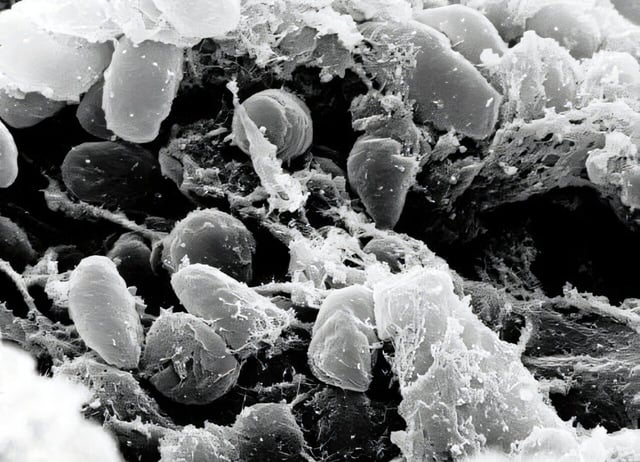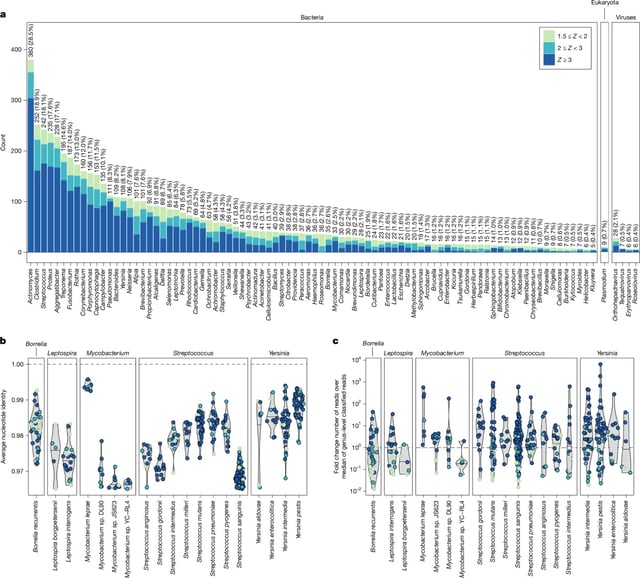Overview
- Researchers screened shotgun-sequencing data from 1,313 ancient human remains spanning 37,000 years to identify 5,486 microbial signatures across 492 species and 136 genera.
- Zoonotic pathogens first appeared consistently around 6,500 years ago and peaked approximately 5,000 years ago coinciding with Neolithic animal husbandry and settled farming.
- The team recovered the oldest known Yersinia pestis genome from a 5,500-year-old sample, extending the plague’s evolutionary timeline by millennia.
- Comparative analyses of humanized mice and chimpanzee immune cells reveal that humans evolved dampened infection responses—likely to protect energetically costly large brains—heightening susceptibility to emerging animal-origin diseases.
- Study authors suggest that mapping ancient pathogen mutations could inform evaluation of modern vaccine coverage and guide future disease preparedness strategies.



